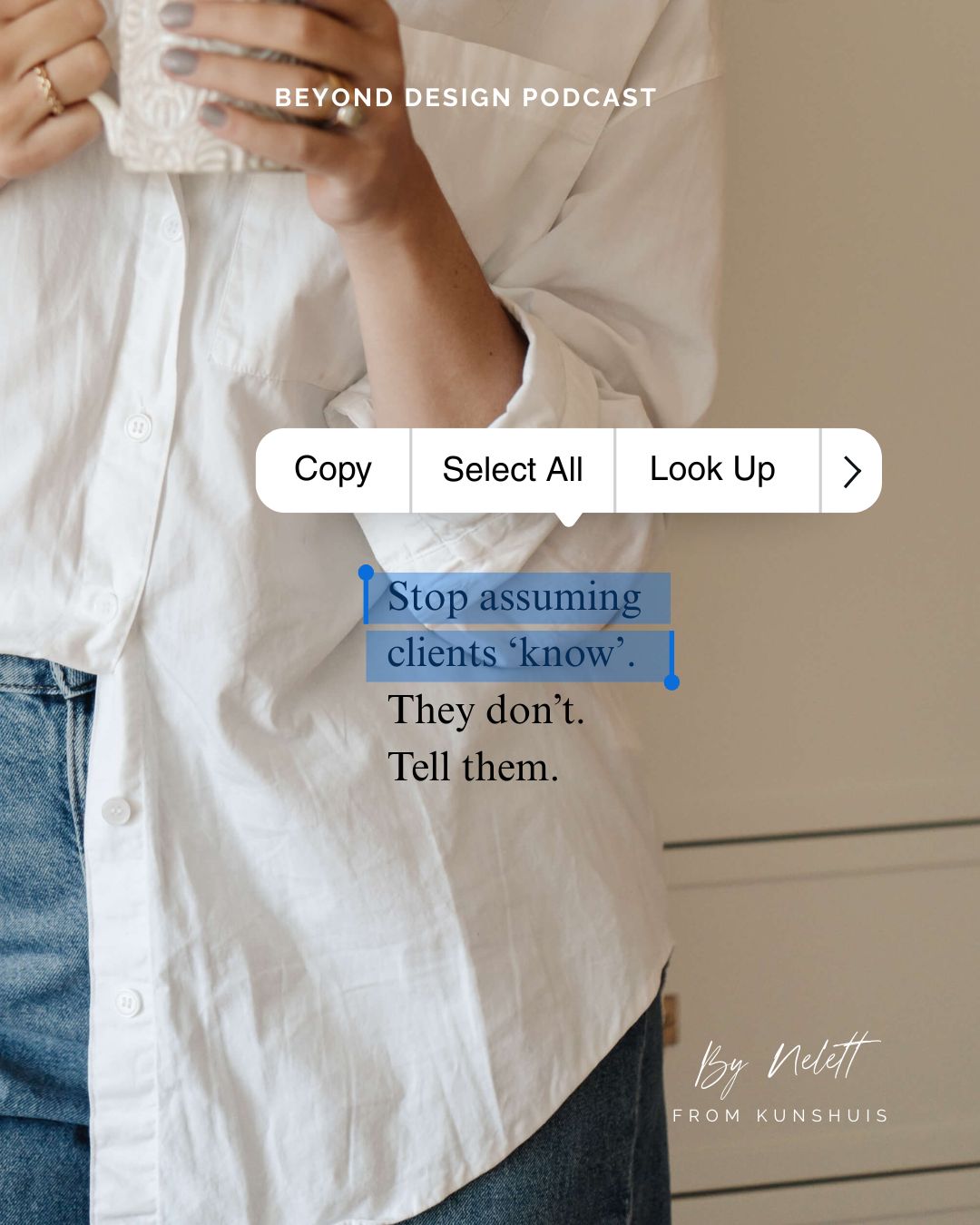Let’s be honest—if you’re thinking about a career in graphic design, you’ve probably asked yourself this: Do I need to study formally, or can I just figure it out as I go?
The answer? It depends.
There’s no one way to become a designer. Some creatives thrive in structured programmes, diving into courses on typography, colour theory, and the art of making things look amazing. Others? They learn by doing—through online courses, tutorials, and simply rolling up their sleeves and designing.
The Case for Formal Studies
Going the traditional route—whether it’s a degree or a short course—can give you a solid foundation. You’ll learn design principles, software skills (hello, Adobe Suite), and get real feedback from experienced instructors. Plus, formal training can add credibility if you’re applying for agency jobs or looking to impress corporate clients.
Another perk? You’ll build a portfolio while studying, making the transition into work smoother.
The Self-Taught Designer’s Edge
But here’s the plot twist—some of the best designers I know never set foot in a design school. They learnt through trial, error, late-night YouTube rabbit holes, and good old-fashioned practice. The truth is, in the world of design, your workspeaks louder than your credentials. If you have a killer portfolio and the ability to solve design problems, clients and employers will care more about what you can do than where you studied.

The Real Key to Success: Beyond Design Skills
Whether you go the traditional route or teach yourself, one thing is for sure: being a successful designer isn’t just about making things look good. It’s about understanding people.
1. You Are Not Just a Button to Push
Clients will sometimes treat you like a tool—someone who just executes their ideas. But here’s the truth: you’re an expert, even if you’re only starting out. The moment you realise this, everything changes.
- Your job isn’t just to ‘make things pretty’—it’s to solve a problem.
- You bring experience (even if it’s small), strategy, and creative thinking to the table.
- If a client just wants a ‘yes person,’ they’re not looking for a designer—they’re looking for a human Photoshop filter.
2. Ego Needs to Take a Back Seat
Design is a collaboration. That means learning to take direction and give guidance in equal measure. Clients know their business. You know design. When both sides respect that, the process flows beautifully.
- Learn to explain your choices. “It looks good” isn’t a reason—explain the strategy behind it.
- Guide your client. Many don’t understand the creative process, and that’s okay. That’s where you come in.
- Stand your ground (when needed). Not everything the client suggests will work. Part of your job is knowing when to say no (with kindness, of course).
A good designer doesn’t just follow orders—they lead the design process with expertise and balance.
Tools & Resources to Sharpen Your Skills
No matter where you are on your journey, these resources can help you grow as a designer:
- The Graphic Designers’ Playbook – A structured guide filled with real-life lessons, workflow organisation, and freelance survival tips.
- YouTube – Always a winner! There’s a tutorial for everything.
- Adobe Suite Tutorials – Learn the ins and outs of Photoshop, Illustrator, and InDesign straight from the source.
- The Varsity Where I Studied – Offers a wide variety of design courses (check what’s available in your country).
- Udemy – Great for affordable courses on everything from logo design to UX/UI.
So, What’s the Right Path?
There isn’t just one.
If structure, mentorship, and a guided path to learning sound like your thing—go for formal studies. If you’re a natural self-starter who loves exploring and experimenting, you can absolutely carve out a successful design career on your own terms.
At the end of the day, it’s not about how you learn—it’s about what you create. The real magic happens in the work, in the passion, and in the journey of constantly evolving as a designer.
So whether you’re sitting in a classroom or sketching your ideas at midnight, just keep creating. That’s what matters most.
What’s your take? Did you go the formal route or learn as you go? Let’s chat in the comments! 🎨✨


